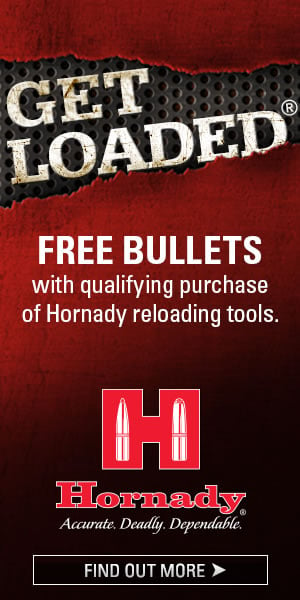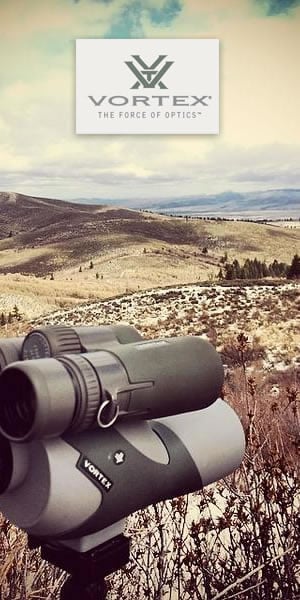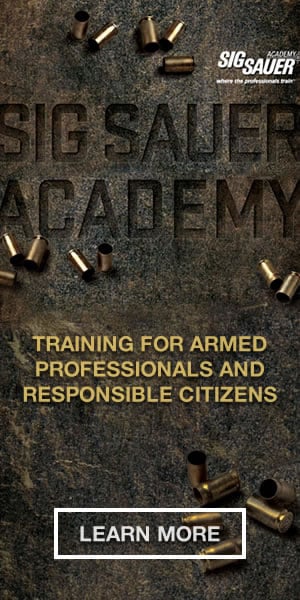This past September, I had the privilege of traveling to Crimson Trace Corporation (CTC) in Wilsonville, Oregon for a two-day writer's conference. The purpose of the conference was to showcase some new CTC products, participate in live-fire testing, and to see if CTC's recent acquisition by Smith and Wesson would have any effect on their operation.
First, any fears that I had about the acquisition were instantly allayed. CTC will maintain its identity as the Electro-Optics Division of Smith and Wesson as well as its location and employees. Second, even though I have many years of experience with CTC products, I was highly impressed with the CTC operation.
The facility was much larger than its entrance would suggest. Office areas are expansive, and the warehouse contains a state of the art two lane indoor shooting test range, housed inside a converted cargo container. But the most intriguing part of CTC was the production/assembly area, which was the heart of the operation.
CTC Laser Sights are USA made-by hand-with much more dexterity, patience, and concentration than I could ever hope to muster. Doing the delicate work that makes CTC grips the reliable, precision products that they are is intense. Multiple employees at individual workstations assemble the minute parts, soldering connections, test laser diodes (most built in-house) to ensure that they are within the range of compliance, and test the final product, sighting it in for 50 feet. Those employees that build the Mil-Spec models (such as those for the Beretta 92) have to earn a special soldering certification to ensure that Mil-Spec requirements are met. They all do an amazing job, and watching them work explains why CTC lasers are priced like they are, and not like some of the massed produced lights of questionable quality that come from overseas. It also explains why the CTC Lasergrip for my Smith and Wesson 642 lasted for 15 years before there was a problem with it. The internal sight adjustment mechanism had become partially detached. CTC had it fixed and back to me in a week.
Like I mentioned, I have been a fan of CTC laser sights (and their new green lasers) for a long time. The addition of CTC laser sights to your handgun, rifle or shotgun will allow you to dominate a potentially deadly force situation. Here are the advantages that the use of CTC lasers offers the defensive shooter:
- The use of a CTC laser in low level natural light or interior light allows you to shift your focus forward from your front sight to the laser dot that is planted on the threat(s). This aids in threat identification as well as allowing you to clearly see anything that might be in their hands.
- The use of a CTC laser eliminates any doubt in the mind of a threat that they are in danger of being shot, as well as eliminating any doubt as to where the bullet will land after being fired. I personally witnessed the "stopping power" of a laser dot on a suspect without a shot being fired.
- If your vision is somehow occluded (such as in heavy rain, or due to injury) you will be able to see the laser dot when you can't see the sights.
- A CTC laser will allow you to fire accurately from all kinds of unconventional or grounded positions, at times when you can't use your sights.
- During training, a CTC laser can help you improve your accuracy by helping you learn better trigger control while "dry firing". If you are jerking the trigger the laser dot will drop below the line of sight as the hammer or striker falls. Note that laser sights won't make you a better shot unless you use them to learn trigger control.
While in Oregon, we were given the opportunity to test fire several CTC models, including the new Laserguard and Laserguard Pro. The Laserguard Pro combines your choice of a red or green laser with a compact 150 lumen weapon light. The Laserguard sights mount ahead of the trigger guard and features CTC's Instinctive Activation. They are available for pistol models with or without front rails like the Glock 43, and each Laserguard is equipped with an IWB holster to accommodate the reconfigured handgun.
Of course we got to test guns equipped with original CTC Lasergrips. This original design is available for handguns that have removable grips such as 1911 type pistols, SIG Sauer and Beretta semi-automatic pistols, and J, K, and L frame Smith and Wesson revolvers. The beauty of the original Lasergrip is that no holster modification is needed when your handgun is so-equipped. For our 50-round familiarization course, we used Smith and Wesson Model 60 .38 Special snub-nose revolvers equipped with Lasergrips. For anyone who had not tried CTC grips, it was quite an eye opener, particularly when we fired the last phase wearing coated shooting glasses that simulated obstructed vision. You couldn't see your regular sights on the target, but you sure could see the bright laser dot.
There are Crimson Trace laser sighting systems available for most current handguns of good quality. If your handgun doesn't have a laser sight exactly for it, there is the universal fit CTC Rail Master that mounts on any handgun or long gun that has rail segments on it.
For you tactical AR15 enthusiasts out there, keep an eye out for the new LNQ-100G wireless laser light combo system for the AR-15. Rather than using Bluetooth, which can be unreliable, the folks at CTC created their own, much more reliable wireless system called LINQ.
The LNQ-100G is a two-piece system consisting of the green laser/300 lumen weapon light combo module, and a separate AR15 replacement pistol grip control. The LNQ-100 communicates the activation messages from the pistol grip to the light module without the use of wires. It is interference free and has undergone extensive development testing to insure reliability. I was skeptical until I tested it and then realized it offers some great tactical advantages. MSRP of the LNQ-100 G is $649. It will be available starting October 15, 2016.
If you haven't considered a laser sight for your defensive firearms, there are a lot of good reasons to add one, and Crimson Trace supplies some of the best.


